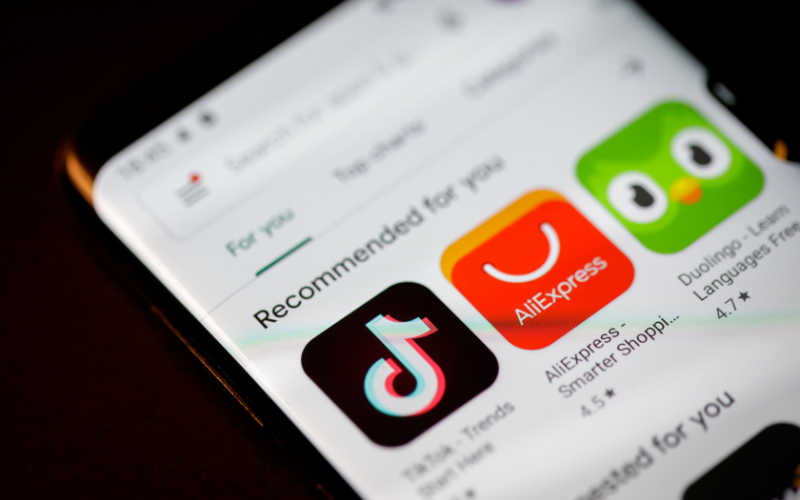In today’s experience economy, consumers want more personalisation in their interactions with brands. Organisations that provide it will see a direct impact on their business performance. About 80% of consumers worldwide say they’d recommend and purchase more, more often, from companies that consistently personalise the customer experience. And more than half are willing to pay a higher price.
But the personalisation consumers crave may not be what customer experience (CX) leaders think it is.
The Genesys report “The State of Customer Experience,” which surveyed 5,517 consumers and 646 business leaders globally, finds that personalised customer service interactions make the biggest impact on customer satisfaction and loyalty — and that directly affects revenue. More than 60% of consumers say the two types of personalisation they find most valuable are “Receiving the services I need at any time in my preferred channel of choice” and “Being connected straightaway with the right person to help me.”
It’s clear that a personalised approach is critical during digital interactions, as well as during calls or chats with contact centre employees, across the end-to-end customer journey. These personalised experiences can help organisations achieve the two outcomes that consumers globally value most in a service interaction: fast response and first-interaction resolution. Both of these outcomes are about relevance and empathy rather than just speed, according to the Genesys report.
Organisations that have processes and technologies in place to understand customers’ expectations and needs are more likely to resolve customers’ issues and address their inquiries quickly and completely. And they can do it at the right time and in their customers’ channel of choice. These are all actions that make those interactions feel more personalised and empathetic.
CX leaders need to rethink their how they can optimise customer journeys to deliver the personalisation that will drive customer loyalty and improve business performance.
Thinking beyond individual channels
Consumers are continuing to use digital channels with greater frequency. While voice is still a mainstay, with 68% of consumers saying they phoned a contact centre for service in the past year, use of channels such as email, chat, and messaging apps has increased from 2021 to 2022.
Email is the channel consumers use most often for service, but only 14% selected it as their preferred channel for CX interactions. Email lacks the speed and response time they cite as their most important criteria for service interactions. And while voice remains the most preferred channel overall, that preference declines sharply with each younger generation. Millennials and Gen Z consumers show a stronger preference for messaging apps, chatbots and social media.
Even though consumers use and prefer a variety of channels for service, voice was the only channel to increase in customer satisfaction year-on-year. Consumers say they were less satisfied with the performance of digital channels than they were in 2021. This further proves there’s a gap between consumers’ expectations and the realities of digital channels’ capabilities.
There’s an urgent need to improve end-to-end customer journeys through an integrated digital and voice strategy — serving customers more quickly in and across their channels of choice while lowering costs. But only 13% of CX leaders say their organisations have the connected data and technology they need to provide seamless, personalised omnichannel experiences.
Half of surveyed organisations have a multichannel strategy that enables customers to use several channels for service, but those channels operate independently. Context isn’t automatically transferred across channels, creating frustration when customer must start from scratch in each interaction. These silos also create blind spots that lead to repeated requests and increased interaction time.
CX leaders say they also lack real-time insights for uncovering customer needs at key moments and monitoring quality across channels. This inhibits their ability to make immediate and long-term performance improvements that would smooth the customer journey and increase satisfaction. In fact, only 35% of CX leaders say their company currently offers highly personalised customer experiences.
Personalisation across journeys requires experience orchestration
Consumers’ expectations and channel use provide insight into where organisations can focus their CX efforts to add personalisation across end-to-end customer journeys.
These preferences hint at the importance of knowing customers’ identity and intent — who they are and what their needs are. Businesses can address this by implementing the real-time analytics and natural language processing capabilities to better respond to customers, make changes that drive positive outcomes in the moment, and extract patterns and insights that can lead to longer-term improvements.
Importantly, resolving issues quickly and during the first interaction in customers’ preferred channel and streamlining journeys when escalation to another channel is needed ensures customers feel known, heard and understood — the foundations for a lasting relationship.
Achieving this level of personalisation at scale is where experience orchestration technologies excel. Some 71% of CX leaders say they plan to implement a CX platform that integrates systems to support their strategic priorities over the next two years. And half plan to connect data and technology to deliver an omnichannel experience. Using artificial intelligence (AI) for deeper customer understanding and personalisation is another top priority.
Personalising and orchestrating connected customer journeys spans digital and voice channels. CX leaders surveyed for the report say their biggest strategic priority for the next two years is improving the employee experience by implementing new technology or connecting existing technologies. They also plan to improve the employee desktop experience. The aim is better equip employees with the insights they need for more relevant, efficient customer interactions.
Underlying these efforts is a move to cloud-based customer experience technologies. Half of CX leaders surveyed say a cloud-based infrastructure provides better access to data across channels as well as the ability to add capabilities, features and channels faster. This provides the insight and agility needed to better personalise customer experiences across the end-to-end customer journey and to respond quickly to changing customer expectations.
Personalisation is good business
Personalised marketing messages aren’t a consumer priority; personalised service is. And disjointed journeys are a source of frustration.
Organisations aiming to win on customer experience need to personalise every touchpoint — whether it’s a digital channel or a human interaction. This requires advanced analytics and experience orchestration. Organisations can deliver personalised CX at scale using AI and journey analytics. They also need an agile, connected CX platform that empowers them to listen to and understand their customers, predict the next-best actions, take action on that insight, and then continuously learn and improve. This will create a virtuous cycle where organisations can deliver unmatched relevance and experiences that feel so personalised they’ll cement customer loyalty and drive business performance improvements.


